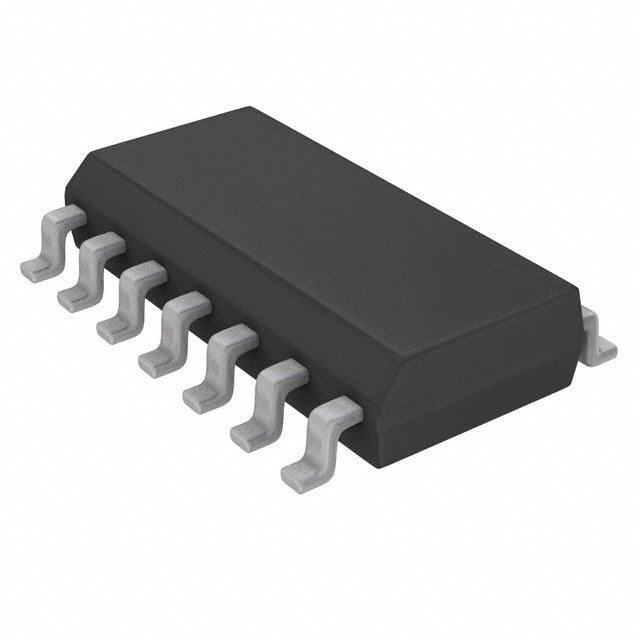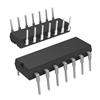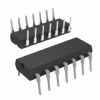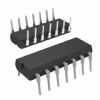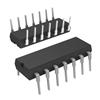Features: TTL input characteristic compatible
Typical propagation delay: 20 ns
Low input current: 1 A maximum
Low quiescent current: 80 A maximum
Compatible with bus-oriented systems
Output drive capability: 15 LS-TTL loadsSpecificationsSupply Voltage (VCC ) -0.5V to+7.0V
DC Input Voltage (VIN) -1.5 to Vcc + 1.5V
DC Output Voltage (VOUT) -0.5 to Vcc + 0.5V
Clamp Diode Current (IIK , IOK ) ±20 mA
DC Output Current, per pin (IOUT ) ±35 mA
DC VCC or GND Current, per pin (ICC) ±70 mA
Storage Temperature Range (TSTG ) -65 to ,150
Power Dissipation (PD )
(Note 3) 600 mW
S.O. Package only 500 mW
Lead Temperature (TL)
(Soldering 10 seconds) 260°CDescription The MM74HCT373 octal D-type latches and MM74HCT374 Octal D-type flip flops advanced silicon gate CMOS technology, which provides the inherent bene-fits of low power consumption and wide power supply range, but are LS-TTL input and output characteristic & pin-out compatible. The 3-STATE outputs of MM74HCT374 are capable of driving 15 LS-TTL loads. All inputs are protected from dam-age due to static discharge by internal diodes to VCC and ground.
When the MM74HCT373 LATCH ENABLE input is HIGH,the Q outputs will follow the D inputs. When the LATCH ENABLE goes LOW, data at the D inputs will be retained at the outputs until LATCH ENABLE returns HIGH again.When a high logic level is applied to the OUTPUT CON-
TROL input, all outputs go to a high impedance state,regardless of what signals are present at the other inputs and the state of the storage elements.
The MM74HCT374 are positive edge triggered flip-flops.Data at the D inputs, meeting the setup and hold time requirements, are transferred to the Q outputs on positive going transitions of the CLOCK (CK) input. When a high logic level is applied to the OUTPUT CONTROL (OC) input, all outputs of MM74HCT374 go to a high impedance state, regardless of what signals are present at the other inputs and the state
of the storage elements.
MM74HCT374 are intended to interface between TTL and NMOS components and standard CMOS devices.These parts are also plug in replacements for LS-TTL devices and can be used to reduce power consumption in existing designs.

 MM74HCT374 Data Sheet
MM74HCT374 Data Sheet
